Does This Abrasive Substance Belong at Playgrounds?
The Architectural and Transportation Barriers Compliance Board (Access Board) has now specifically defined loose-fill materials for playground use (fall) zones as an "architectural barrier" to a playground, that relating to all products which have not successfully passed the ASTM 1951-99 testing for wheelchair accessibility.
We are now making huge strides forward in our society when it comes to equal opportunity playground access. But how long are our children of disability going to have to wait before funds are appropriated and money becomes available for purposes of ADA compliance accordant to the new Final Ruling now published by the Access Board? Answering this question may be bothersome at best for some people, and costly to say the least for everyone in the playground industry. Like it or not, the ADA ball is rolling downhill now. The public should feel grateful for the efforts made by the Access Board, and most of us appreciate what they have done for us. Since publishing their Final Ruling on Oct. 18, the American with Disabilities Act Accessibility Guidelines for Buildings and Facilities (ADMG) relating to Play Areas, one particular issue has been a hot topic of discussion among safety surfacing/playground industry professionals, and also with the public purchase and procurement officials, as well. It appears that the jury is still out regarding ADA cost affordability overall. This article is targeted to those persons planning for ADA retro-fitting, product suppliers, install contractors, and end user management persons.
We find that sand is more often purchased as a viable low-cost product solution for playground use zone compliance. The concerns being expressed about the use of sand by persons maintaining and managing play equipment relate directly to a shortened life expectancy of public playground equipment, that durability is compromised when sand is purchased as an affordable safety surfacing when used along side of rubber surfaces. Today, poured-in-place rubber is being used widely as an ADA accessible surfacing product. Rubber is often specified for applications along accessible routes, clear floor or ground spaces, and for maneuvering spaces. It was expressed in the Access Board’s Final Ruling that the use of approved loose-filled materials is shown to be a cost-efficient purchasing solution. It was also suggested that approved loose-fill materials be utilized as a cost-efficient means of filling remains use zone areas that are not used for wheelchair travel. ADAAG recommends sand be used among other loose-fill products for non-pathway areas because these products are approved as a fall-attenuated safety surface.
After carefully reviewing the Access Board’s Finals Rulings, then speaking to many state parks and recreation officials about the amount of money they are projecting to need to retrofit their playgrounds, they simply hang their heads. When asked their opinions about the use of sand along-side of rubber surfaces, most management officials view sand as a costly long-term expenditure. Many are sorry that they are bound to using sand because of budgetary limitations. Officials comment privately the need for ADA education by persons other than play equipment manufacturer representatives at their school board and city council meetings is now a must, or they don’t stand a chance of having money available to meet the current ASDA standards. Most officials believe that it is at this level that we fail to influence intelligent long-term buying decisions.
When speaking with playground manufacturer representatives at the NRPA Congress in Phoenix, Ariz., their belief seems to bu just the opposite. They resoundingly agree that the use of sand in non-pathway ones is a low-cost purchase solution for the affordability of ADA accessible playgrounds because it is an approved product type, and is recommended often. It doesn’t surprise me that different interest groups possess differing opinions regarding the use of sand with poured-in-place rubber. Many in the industry believe that the taxpayer should not burden the costs of having to re-capitalize public funds because industry professionals are at odds about what is, and what is not a financially prudent long-term buying decision. Think about the use of sand versus engineered wood fiber or rubber fibers that are positioned along the side of a poured-in-place pathway surface. Rubber surfacing is bound together by using a urethane binder. Knowing this, one would be hard-pressed to find rubber surfacing as a long-term fixed asset, but we do expect poured-in-place surfacing to have more longevity than other types of safety surfacing.
Just who benefits from premature eroding of new play equipment? I have not found a single person who says that they do. Children suffer when play equipment fails to stand the test of time, including those who are physically challenged. Society as a whole can no longer afford to make short-term buying decisions with regard to ADA accessible playgrounds. Sands use has never been a big-picture dollar-wise, steadfast product purchase when procuring this type of loose-fill product for playground use zones. The initial purchase cost of sand as an incentive, however, is less than any other approved loose-fill material type.
This is very appealing when compared to ADA accessible engineered product types when having little or no budget to work with. In the long run, the ongoing maintenance and product deterioration costs are much more than the public can currently afford. Given the average employment tenure of the purchasing and budgetary powers that be within our public schools and park and recreation departments, it's no wonder why folks become short-sighted with the purchase and procurement game. I wonder if the Access Board advised themselves about the use of sand combined with rubber surfaces? Were they not aware that a mixture of sand congealed together with emulsified rubber and urethane transferred by way of foot passes will most likely erode, and in effect prematurely destroy newly purchased equipment including a very costly rubber safety surfacing? Hindsight is 20/20, so don't be fooled by the sticker price on sand or we'll be in for some hard realities in our society if we continue sand use.
The hard truth is that erosion caused by the use of sand and the deterioration of play equipment caused by using it will in turn cost taxpayers much more in the long run than it will for us to initially retro-fit our communities' playgrounds. If we don't have the money for our public parks and schools today, having sand prematurely deteriorate rubber surfacing and play equipment may cost taxpayers significantly more than we ever imagined it would. Plan ahead now for ADA accessibility, and budget yourself accordingly. Please stop throwing your money away on sand. Choose only ADA accessible loose-fill materials for use zones-it's the responsible thing to do. You can purchase engineered loose-fill wood fiber, or an engineered rubber fiber buffing product when joining loose fill materials next to your poured-in-place rubber safety surfaces. Both are ADA accessible.
Check the testing data on all loose-fill products claiming to be ADA accessible, most are not. Make sure when purchasing new products that the manufacturer's product successfully passed the ASTM 1951-99 testing. Always maintain your use zone loose-fill volumes, and check all I product warranties and the manufacturer's suggested maintenance instructions for their loose-fill product types so as to maintain the play area's ADA accessibility.
Play it safe, but play it smartly... and keep sand for the beaches where it belongs!

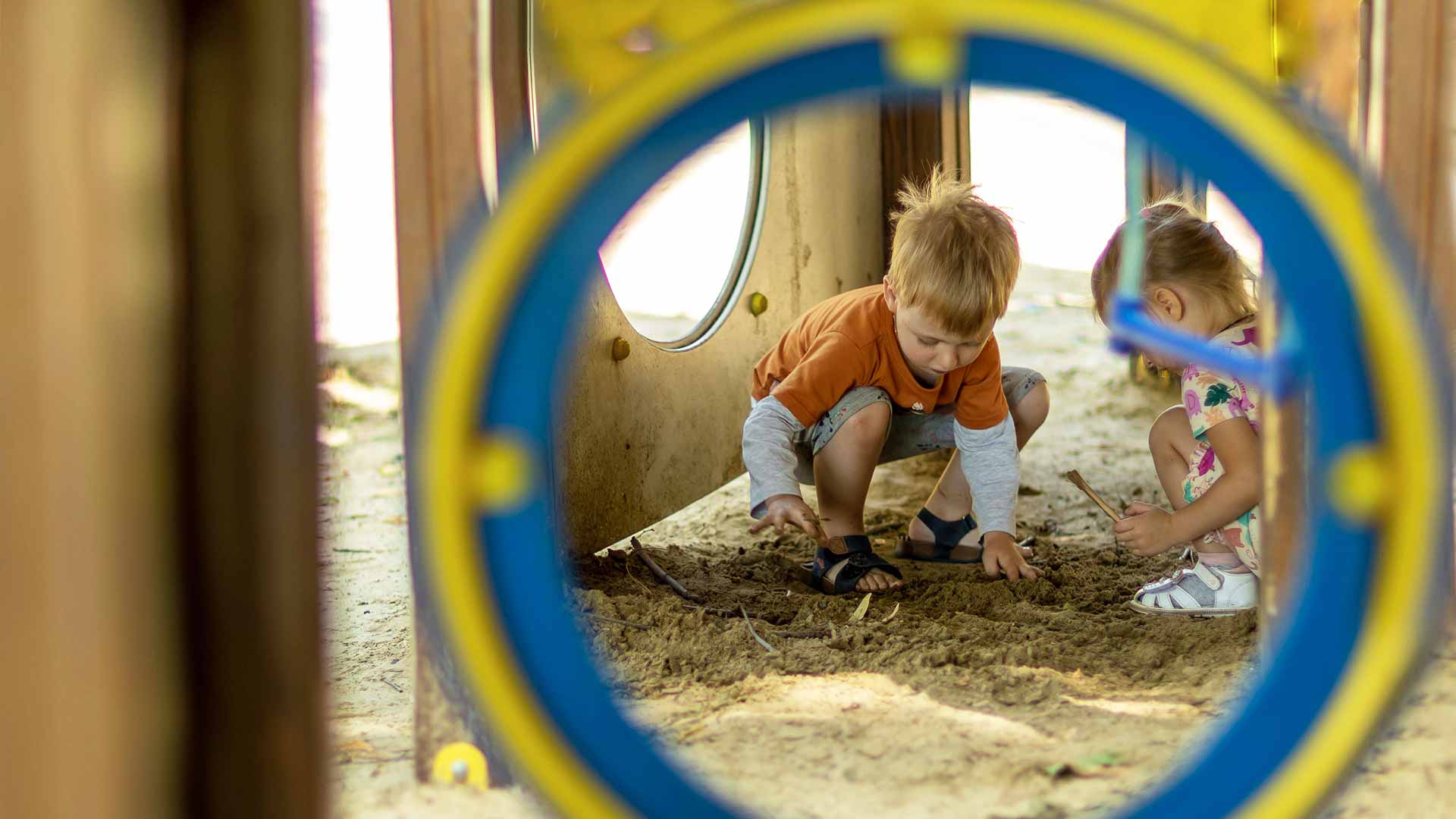

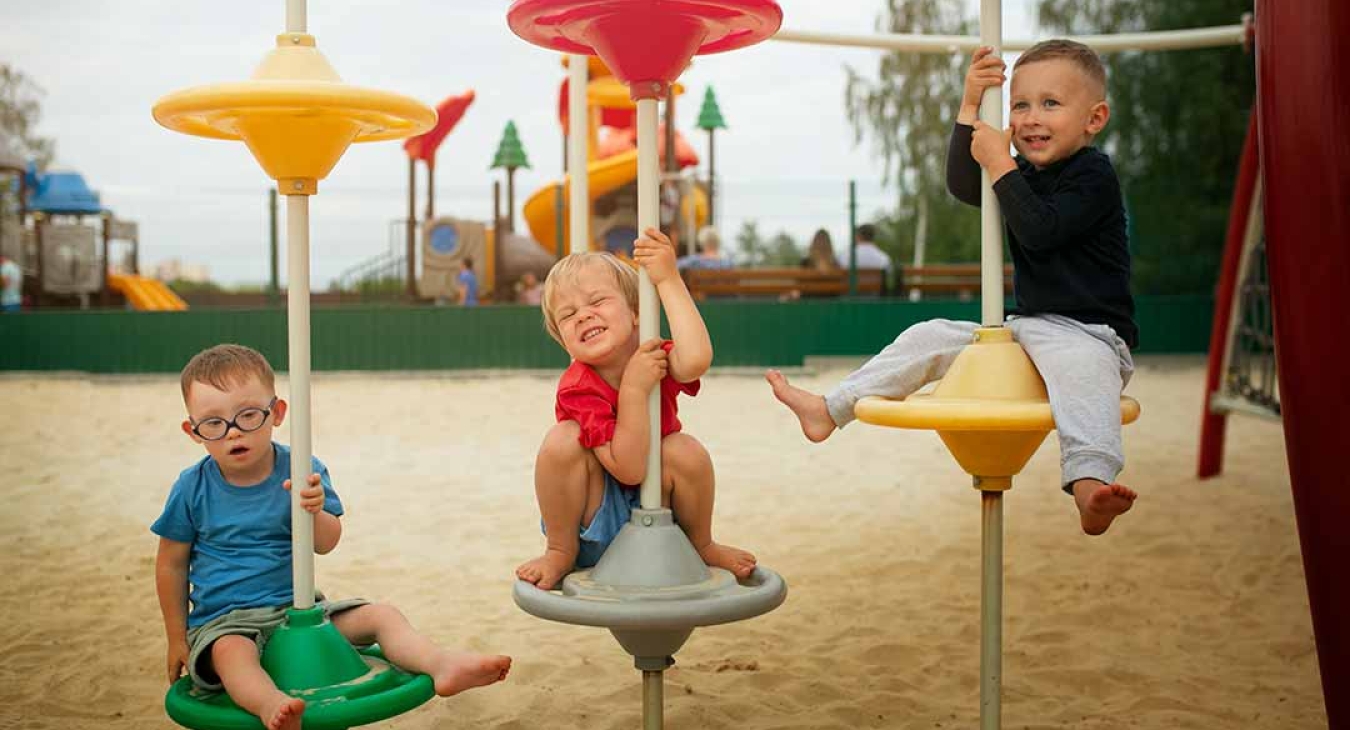

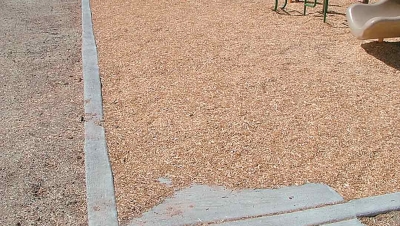
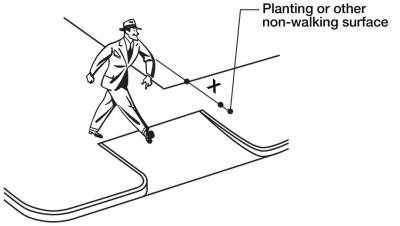


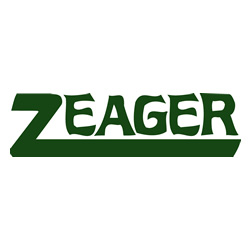

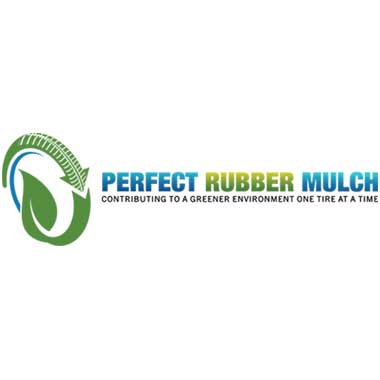
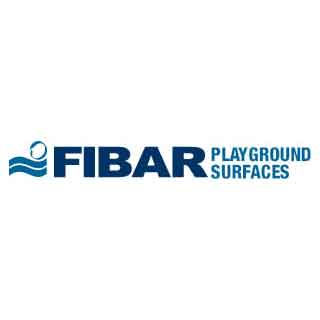
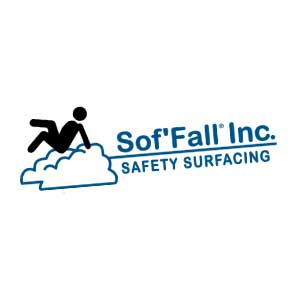
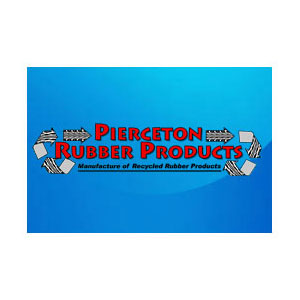
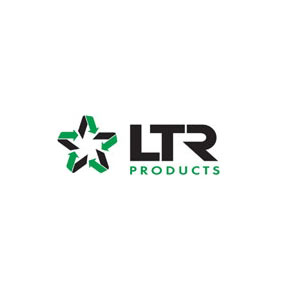
Posted when? Source?
I'm struggling to see when this article is from? Also the guy who appears as the author seems to have had a bias by supplying surfacing according to Linkedin. And by googling the name I also found an obituary from 2017 with the same name and picture?!
Yet this article was linked in your most recent newsletter in my inbox?
Today's Playground March 2001
This is an old article from the first issue of our magazine, however, we feel it to be very pertinent today. Our goal is to bring the archives of Today's Playground Magazine to the web and to share the wealth of information it contains.
In reply to Posted when? Source? by Playground designer. (not verified)
Add new comment